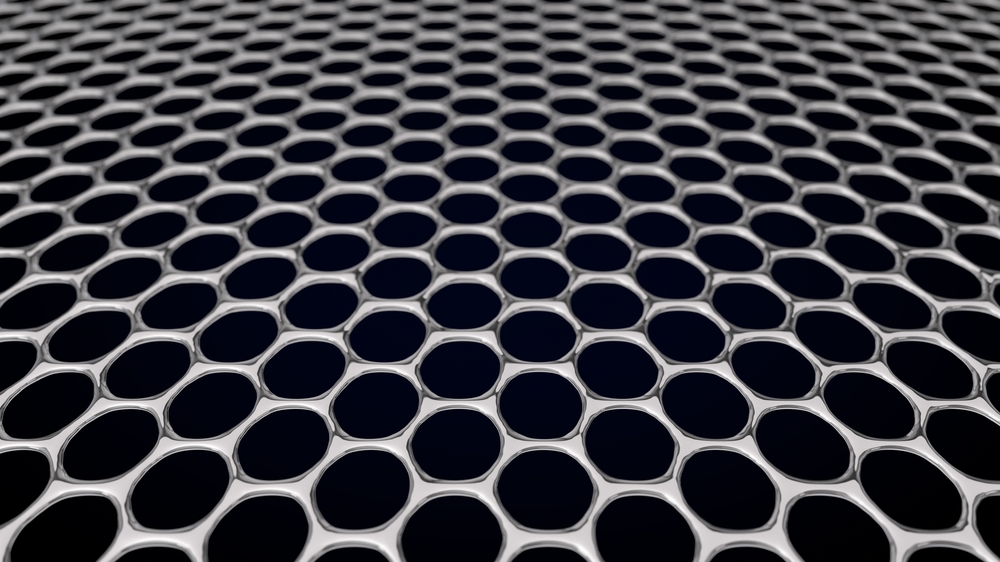
Graphene could hold the key to developing an artificial skin for robots.
Researchers from the Indian Institute of Technology believe that the nanomaterial could lead to the development of flexible sensors that mimic the self-healing properties of human skin.
Graphene—which is about one million times thinner than paper—is a sheet of pure carbon atoms and is currently the world’s strongest material.
Skin is the largest organ in the human body and is known for its self-healing properties. Due to unprecedented stretching or bending and incidental scratches, artificial skin used in robots is susceptible to ruptures and fissures.
The researchers used a sub-nano sensor that uses graphene to sense a crack as soon as it starts nucleation and even after the crack has spread a certain distance.
“We wanted to observe the self-healing behavior of both pristine and defected single layer graphene and its application in sub-nano sensors for crack spotting by using molecular dynamic simulation,” Swati Ghosh Acharyya, Ph.D., the main author of the article, said in a statement. “We were able to document the self-healing of cracks in graphene without the presence of any external stimulus and at room temperature.”
The researchers showed that self-healing occurred by spontaneous recombination of the dangling bonds whenever within the limit of critical crack opening displacement.
During the experiment, the researchers subjected single layer graphene containing various defects, including pre-existing vacancies and differently oriented pre-existing cracks, to uniaxial tensile loading till fracture.
Once the load was relaxed, the graphene started to heal and the self-healing continued irrespective of the nature of pre-existing defects in the graphene sheet.
The graphene self-healed regardless of how long the crack was, as long as the critical crack opening distance lied within 0.3-to-0.5 nanometers for both the pristine sheet as well as for the sheet with pre-existing defects.
Simulating self-healing may lead to variety of everyday applications ranging from sensors to mobile devices and ultracapacitors.




